The Lowdown on Sharpening Stones: Essential Tools to Keep Your Kitchen Knives Sharp
As any professional chef will tell you, a blunt knife is much more dangerous than a sharp one. This is why I recommend that you frequently sharpen your knives to retain their cutting abilities and general usefulness. Apart from that, having sharp knives also means that your chefs can work more easily, efficiently, and accurately, leading to less ingredient waste in the kitchen.
Stones for sharpening are an essential part of commercial kitchen equipment that gives your chef’s knife a razor-sharp edge. Here are some key points that you need to know if you’re unfamiliar with these helpful tools.
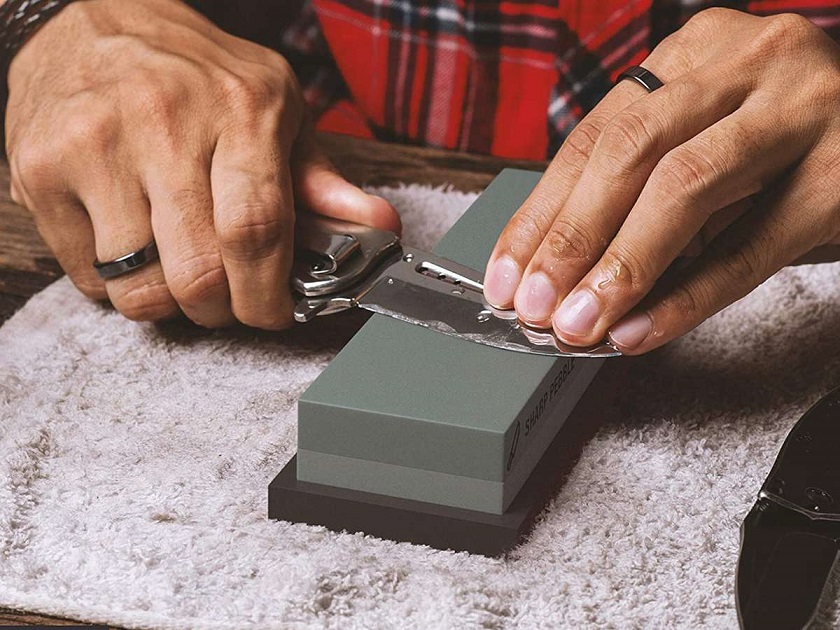
1. What are the Different Types of Sharpening Stones?
These sharpening tools come in four main categories – synthetic, ceramic, natural, oil, and diamond. The type you choose depends on your personal preference, the knife you’re using, your level of expertise, and other factors. If you’re looking for high-quality sharpening tools for your kitchen, check out this wide range of durable Japanese whetstones from top-notch brands such as Naniwa and Kaiden. They offer stones for both beginners and experienced chefs. Read on to learn more about the different types available!
Ceramic
There are many different quality levels of ceramic stones out there, so it’s important to choose a reputable brand to avoid buying a tool that doesn’t meet your requirements. On one end of the scale, some are so soft that they wear out pretty quickly, while others are too hard and glaze over quickly. Before you use this tool, make sure to soak it in water for some time to fully saturate its pores.
Although there are no strict guidelines for usage, a ceramic stone performs better with certain types of knives than with others. For example, it’s most suitable for the Ao-ko and single-edged blades. For experienced users, I recommend the sharpening whetstones from Kaiden. This Japanese brand offers the fastest cutting tools in Australia.
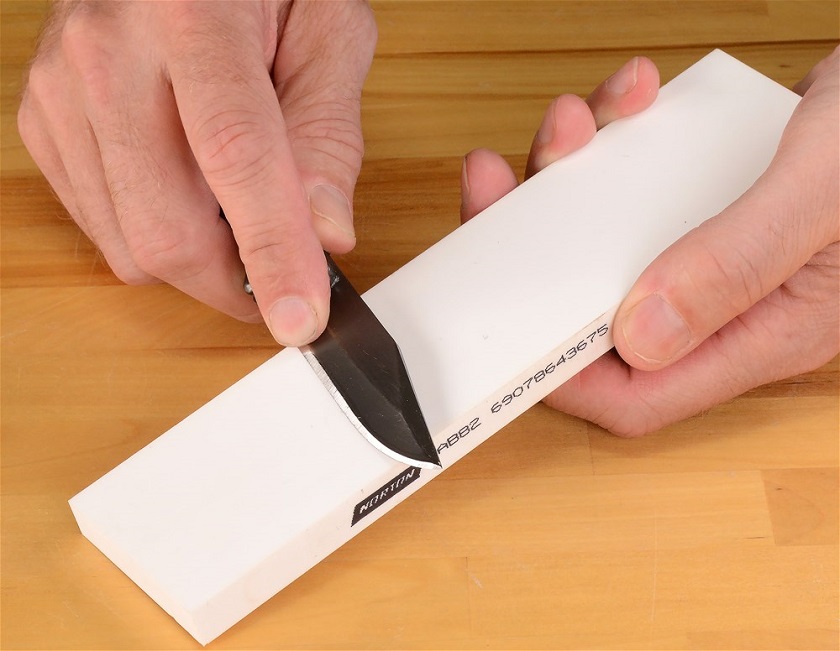
Synthetic
Synthetic whetstones have gained a lot of popularity during the past few years. They’re typically comprised of white fused aluminium grit suspended in resin. Some of them must soak in water for a short time before use, while others only require a little mist before you start sharpening. You can choose from a wide range of synthetic sharpening tools, depending on whether you prefer a hard or soft feel.
However, some operate well with conventional Japanese single-sided blades as well. I advise using synthetic tools for stainless steel Western-style knives.
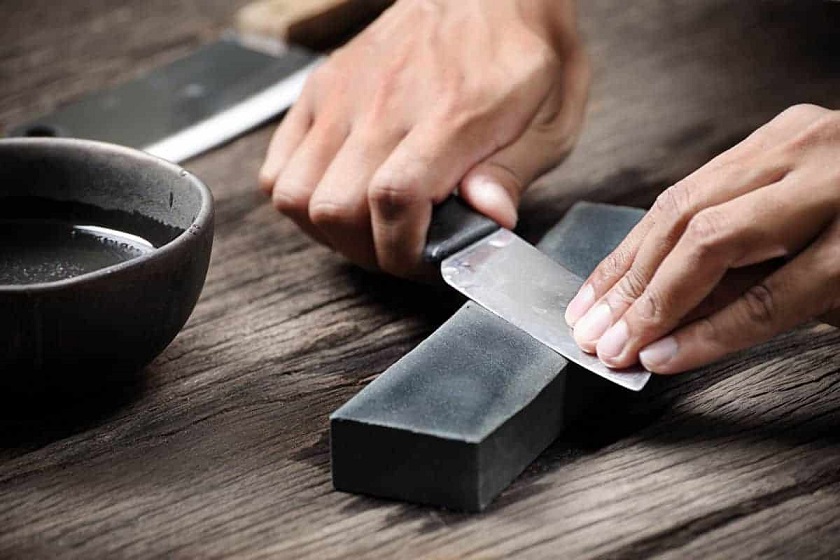
Natural
In the past, natural sharpening stones were used excessively in many parts of the world. Sadly, a lot of the Japanese mines that once produced them are now closed. There are several businesses that have a stock of these tools, but like every commodity, the cost is high and rising.
It’s a great pleasure to sharpen your knife with a high-quality natural sharpening stone. There’s almost a spiritual element to this practice of using something ancient to give your modern knife a crisp edge.
The grit size of these tools is unpredictable and provides a durable edge. In essence, the random grits produce uneven micro serrations in the blade that wear down at various rates, resulting in extended edge retention. I wholeheartedly recommend using this tool, especially when honing Japanese knives with a single bevel. Water and natural stones are far more affordable than sake.
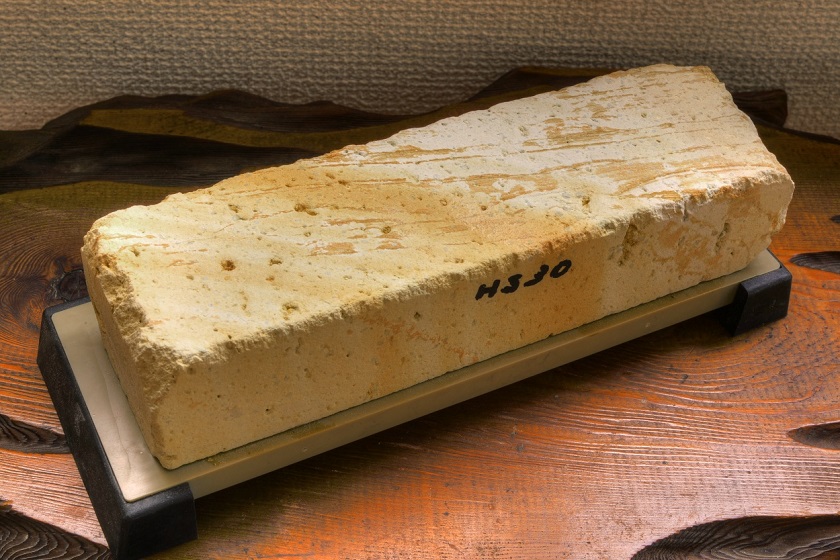
Oil
This is the kind of sharpening stone that you’ll often find in the hardware store or in the back shed. In Australia, these tools tend to have a grittier surface. Oilstones tend to cut slowly, and the oil used in them quickly goes bad, so I wouldn’t advise using them often.
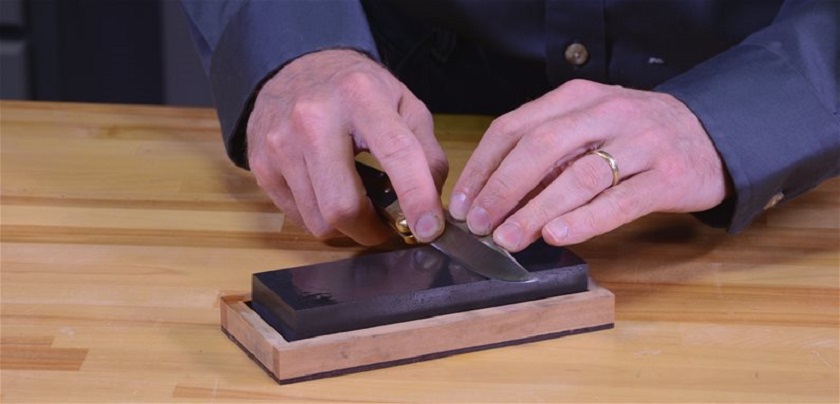
Diamond
Diamond stones are gaining a lot of popularity recently due to their capacity to cut quickly. I don’t advise using these tools often either, as they can do a lot of harm. Because of how sharp diamonds are at the Arato level, they can create severe scratches on your blade that will require vigorous polishing. Depending on your preference, you can use these tools with or without lubrication.
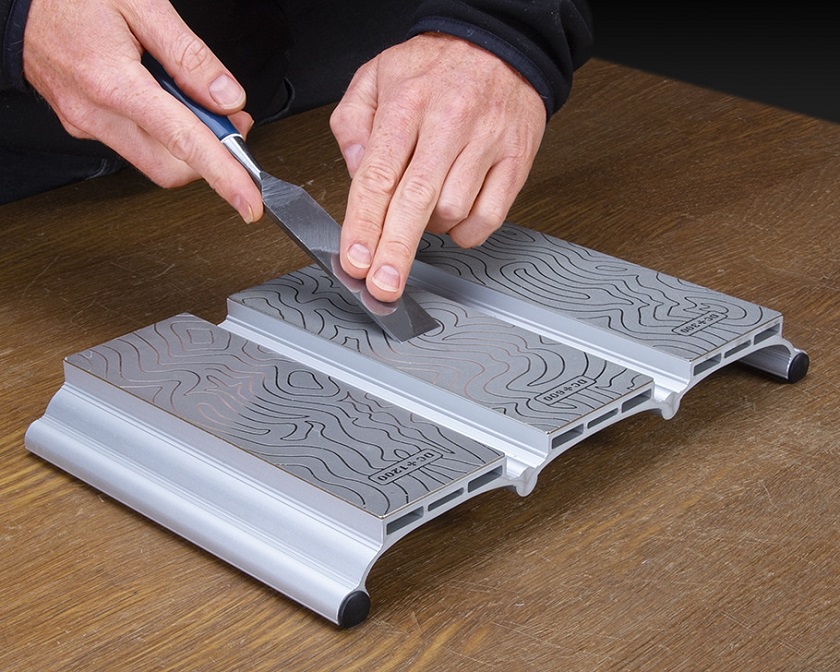
2. What Are the Grit Sizes?
There are several grit sizes for these tools. It’s important to mention that a #200 grit stone doesn’t equal a #200 grit piece of sandpaper. The greater the number, the finer the grit.
Stones are divided into three groups by the Japanese:
- Arato, which ranges in grit from 200 to 800 (this is generally a coarse stone);
- Nakato, which stands for “middle stone”, ranges in size from approximately 800 to about 1500;
- Shiageto, which translates to “finishing stone”, is a stone with a grit of up to 1500.
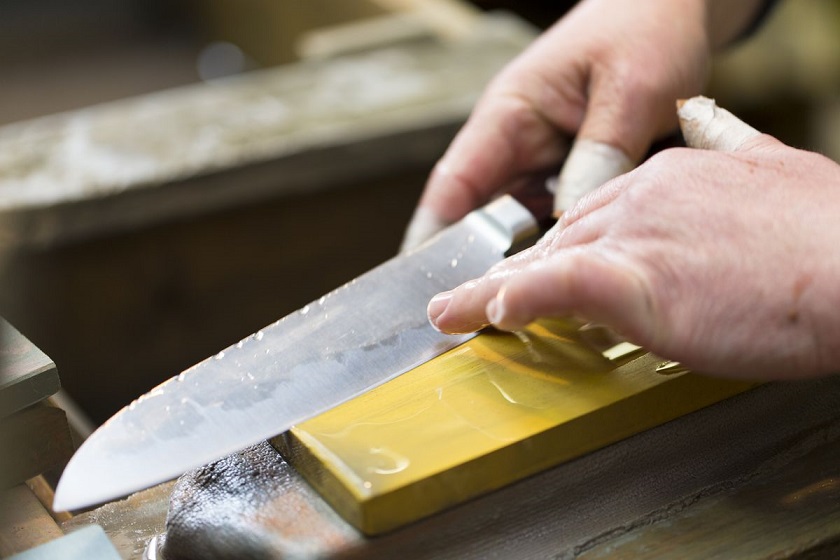
3. How to Choose the Best Sharpening Stones?
Both #400 and #1000 grit stones are excellent tools to start building your stone collection. For most western knives, this will allow you to polish the edge and fix any small chips. Of course, you’ll need a #3000 grit and potentially even higher if you have a single-sided knife like a Yanagiba, depending on how eager you are.
Purchase only stones with a large deck. To keep the knife balanced on the stone, aim for something that’s at least 70mm by 200mm in size.
There’s a vast difference in the quality of these stones on the market. Often local country distributors source cheap stones from China and print the name of the brand they distribute on the stone – with or without the endorsement of the knifemaker. This is why you should buy these tools from a reputable online provider.